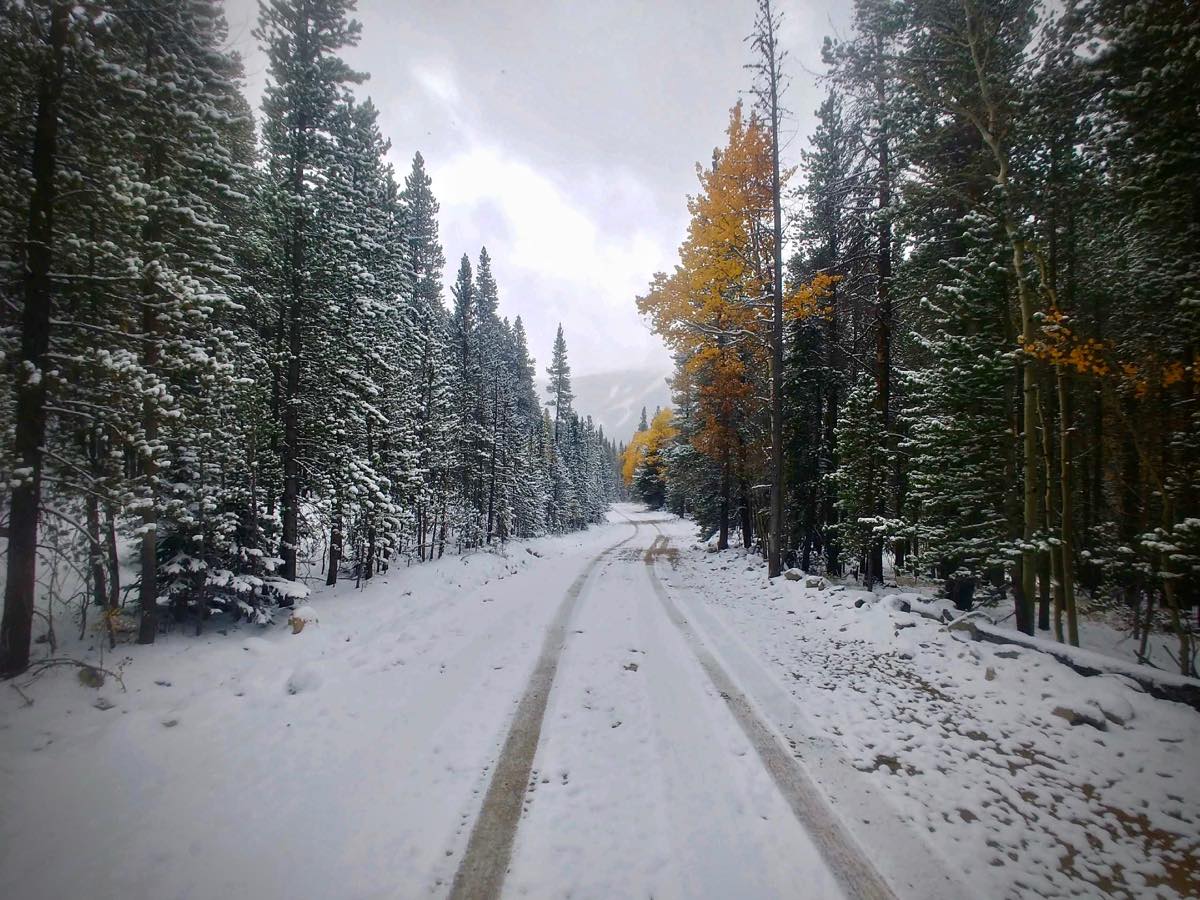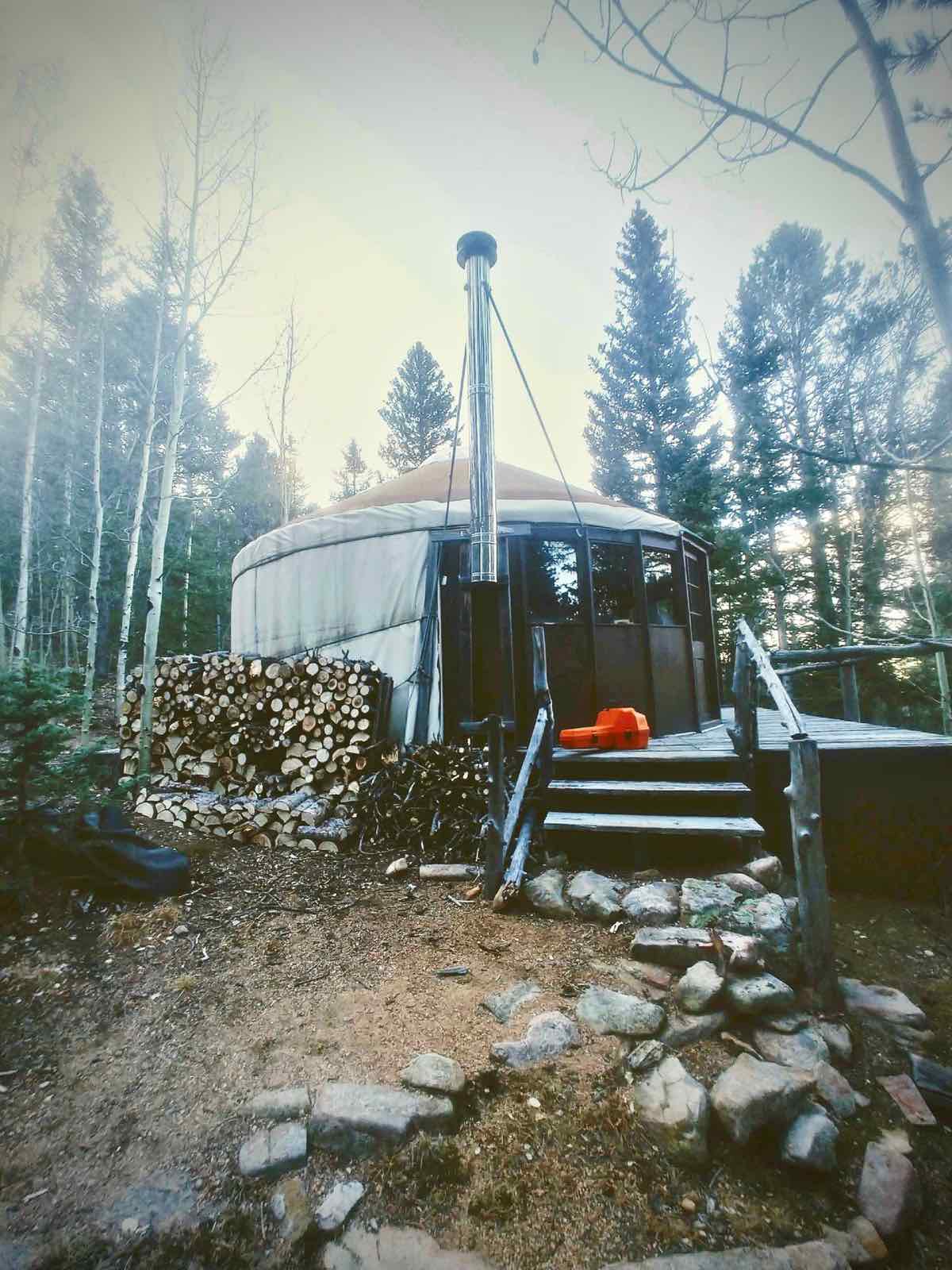This year, I found myself chatting with a fellow runner about injuries and ailments. She explained how she was just coming back from a three-year injury. Wow! This made me think that whatever I had dealt with in the past year of my own injury problems was small peanuts in comparison. But then she pointed out that the intensity of one person’s problem does not make that of another person’s any less hard. Now she really got me thinking.
Her approach to adversity is similar to my view of altitude. For more than four years, I have been caretaking at Barr Camp on the side of Pikes Peak in Colorado. Across those years, one thing that never seems to change is how the hikers, backpackers, and runners all talk about the altitude up here. At an altitude of 10,200 feet, our camp is located thousands of feet higher than the home of many Coloradans, let alone out-of-towners from places like Texas, Minnesota, Kansas, and Florida. They comment on how difficult it is, telling us how they trained to climb this massive mountain, but couldn’t simulate the altitude. Sometimes I share a few tips, mostly about how to combat altitude sickness. At the end of the day, though, I can only do so much for them. Altitude is just plain hard.
Indeed, you can get more acclimated as your body develops additional red blood cells. But even when you’re used to it, altitude is still difficult. I’ve logged thousands of miles from the camp door over the years, and I’ve never felt the altitude let up. Sure, there are downhills that feel cruiser and magical runs when everything just flows. Even in these moments, the rigor of altitude is still there. Hard is hard.
As our conversation continued, she explained that as she returns from injury, she feels a need to re-learn how to embrace pain. Not pain from an ailment, but the sort of pain that comes with pushing yourself. The kind that you find halfway up a lung-busting vertical-kilometer climb or in the final minutes of a speed workout. I know I’m not alone when I say that I both love and hate this kind of pain. It’s agonizing and exhilarating at the exact same moment.
This is the kind of pain that naturally arises on race day. I know I for one dream of a race day with an endless pain cave. Not discomfort from the get-go, but the natural pain of racing that I encounter somewhere along the way and can just keep diving into. Where you can dig and dig and dig without falling apart. Instead of reaching for the mat and tapping out, you take every hit and always have one more punch to give. That’s my magic race day.
I also think it’s human nature to try and steer clear of pain. We all live in a world of convenience and seek to smooth the ruffles of discomfort. Our smartphones are the portals to getting things done efficiently. Car seats are heated, entertainment systems are voice-controlled, and even groceries are delivered to your car or front door. I am not saying that all of these things are bad, but what I am saying is that humankind puts a lot of effort into avoiding discomfort.
In running, there is a good and bad pain, what comes out of doing the work of our sport and out of injury. While we endeavor to not get injured, there is just no avoiding the good pain. To run is to, at least sometimes, be uncomfortable. In a sense, I think the good pain is partly what makes it so worthwhile. It’s what tells you that you are getting somewhere, the avenue to self-improvement and self-satisfaction.
Most endurance athletes understand what it means to put in the work and reap the rewards. However, I don’t think this concept should stop with athletic endeavors. We should extend it to everyday life, a space where I think just about everyone has moments where they have a tendency to make a b-line for the pain-free. Albert Edward Day states it well in The Captivating Presence when he writes that: “We avoid as much as possible the unpleasant. We shun the suffering of others. We shrink from any burdens except those which life itself inescapably thrusts upon us. We seek arduously the wealth and power that will enable us to secure ourselves against the possibility of being involved with another’s affliction. Lazarus sometimes makes his way to our door step. We toss him a coin and go on our way. We give our charities but we do not give ourselves. We build our charitable institutions but we do not build ourselves into others’ lives.”
We steer clear of that socially awkward person at work. We withhold a helping hand because to give it would be inconvenient or difficult. We drop a coin in the Salvation Army bucket or toss a few cans to a local food bank, but we won’t get to know that homeless man who sits on the corner every day. We’ll take our friends to the airport, if they agree to return the favor. Doing just a little bit more would take too much time, be too much effort, and feel too awkward.
As a runner, I would like the hard bits of my running to remind me to also seek out challenges in my real life. When we make running hurt a little bit, at the right time and in the right way, we grow. The same is true for life. When we venture outside of our comfort zone and into the realm of lending a hand in an uncomfortable area, we also grow. There are lots of caves out there to be had. Let’s get to digging, because what’s hard is hard, and you never know who might be deep inside and in need of a light.
Call for Comments (from Meghan)
- What hard things do you shy away from in your running practice? How about in life?
- And what hard things come a little ‘easier’ for you in either running or life?


